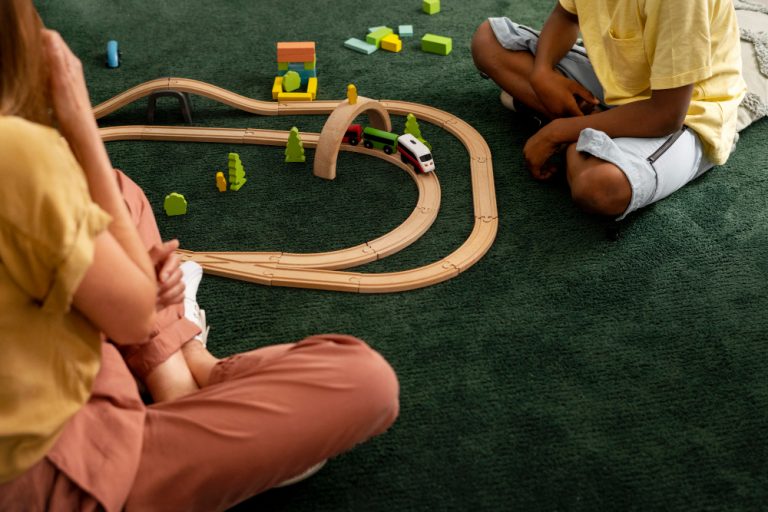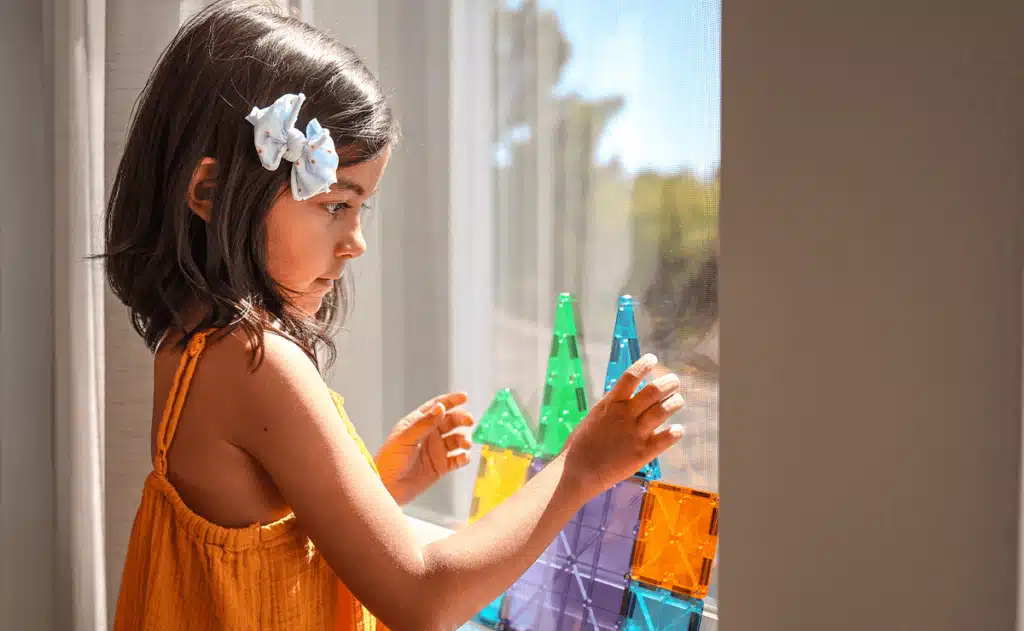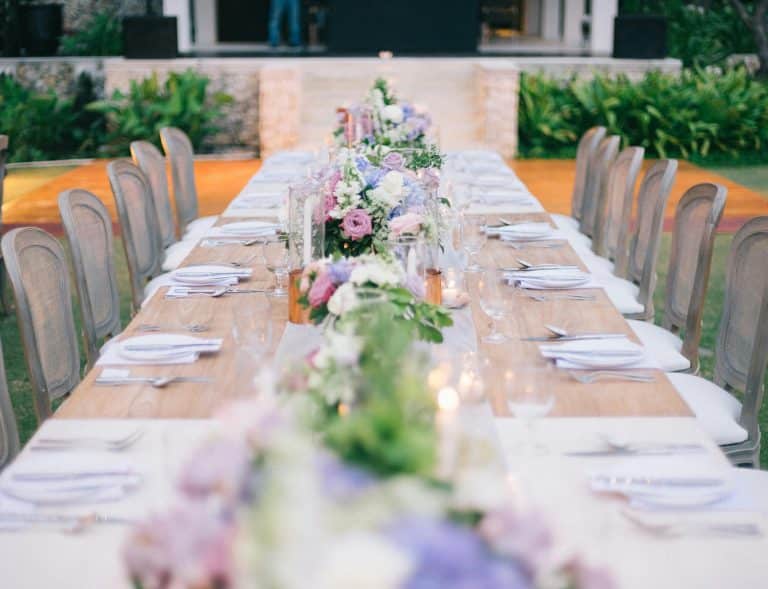Walk into any toy store, and it’s easy to feel overwhelmed. Lights flash, buttons beep, packaging promises developmental breakthroughs. But for parents trying to make intentional choices, the question isn’t “What’s popular?”—it’s “What’s actually good?”
A good toy, at its core, invites a child to think, explore, and create on their own terms. It doesn’t need batteries to hold attention. It doesn’t tell the child what to do. It leaves space for imagination. That’s the philosophy behind places like Kol Kid, a thoughtful retailer that curates toys and clothing designed to nurture curiosity without overstimulation. The idea isn’t just to fill playrooms—it’s to support meaningful, open-ended play that grows with your child.
So how do you spot a good toy in the wild? There’s no one-size-fits-all checklist, but there are a few signposts worth watching for.
1. Open-Endedness Over Instruction
Good toys don’t give all the answers. Instead, they ask questions. A set of wooden blocks can become a castle, a spaceship, or a zoo. A dollhouse doesn’t tell a story—it invites your child to invent one. The less a toy dictates how to play, the more room a child has to shape the experience based on their age, mood, and imagination.
That flexibility is huge for cognitive development. It teaches problem-solving and storytelling. And just as importantly, it keeps toys interesting long after the novelty wears off.
2. Quality Over Quantity
The reality: kids don’t need more toys—they need better ones. A smaller collection of thoughtfully chosen toys will almost always lead to richer play than an overflowing toy bin. Look for pieces made to last, both physically and developmentally. Toys that are well-made tend to be more satisfying to touch and use, which means they get played with more often—and last longer, too.
3. Aligned with Your Values
Toys communicate values, whether we realize it or not. Some emphasize competition; others encourage cooperation. Some celebrate diversity and inclusion; others still lag behind. A good toy reflects the world you want your child to grow up in. That might mean choosing toys that feature a range of skin tones, avoid gender stereotypes, or represent different types of families.
It can also mean thinking about sustainability—wooden toys made from ethically sourced materials, for example, or companies that prioritize responsible manufacturing. Every choice tells a story. The key is choosing ones that feel right to you.
4. Age-Appropriate, But With Room to Grow
There’s a sweet spot in toy selection: toys that are easy enough to engage with, but challenging enough to keep being interesting. A good toy evolves with your child. Maybe the stacking rings start as a chew toy, but later become a colour-sorting game. Maybe the train set becomes a full-blown cityscape. Look for toys that can adapt to new stages of play without losing their appeal.
5. Joy Matters
Last but not least: a good toy brings joy. Not just to your child, but to you, too. Maybe it’s something beautiful enough to leave on a shelf. Maybe it’s something that makes you want to get on the floor and join in. That joy is part of the magic—it fosters connection, shared stories, and memories that last far longer than the toy itself.
At the end of the day, a good toy isn’t defined by what it does—it’s defined by what it makes possible. A world of pretend. A moment of discovery. A tiny spark of independence. And when a toy can do that, it doesn’t just fill time. It supports your child’s growth, creativity, and joy—one play session at a time.










